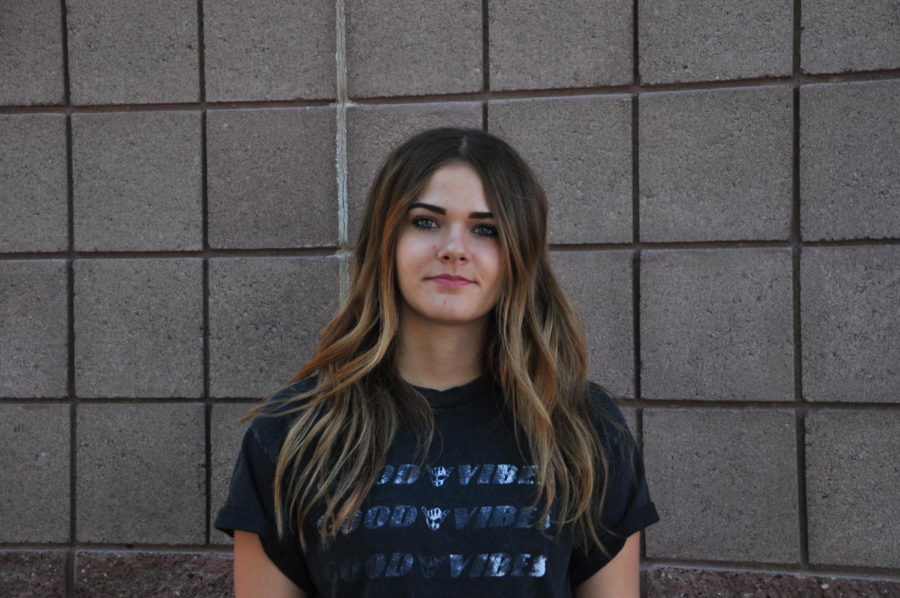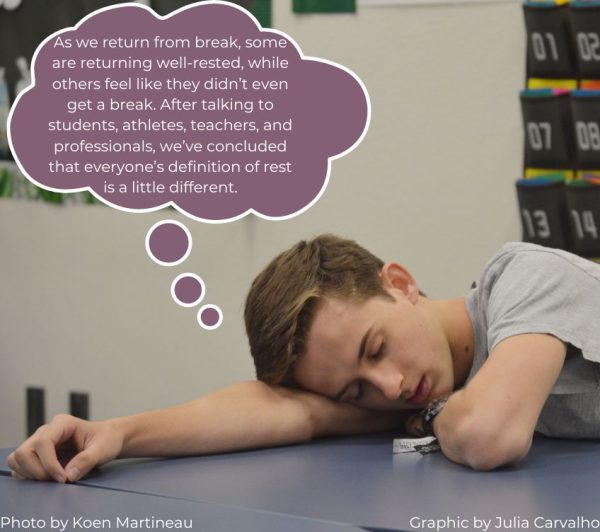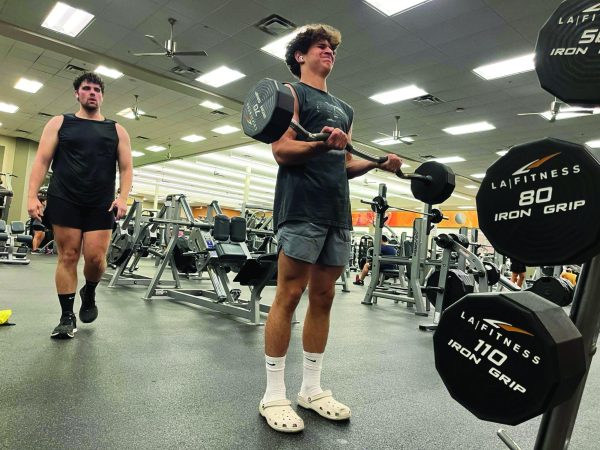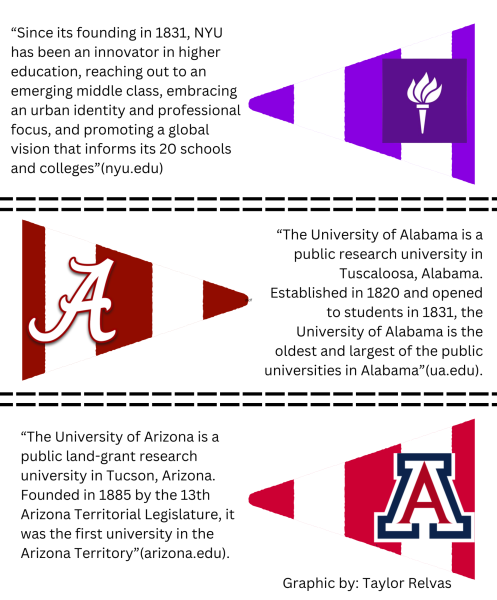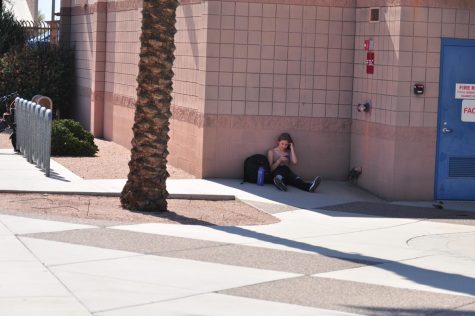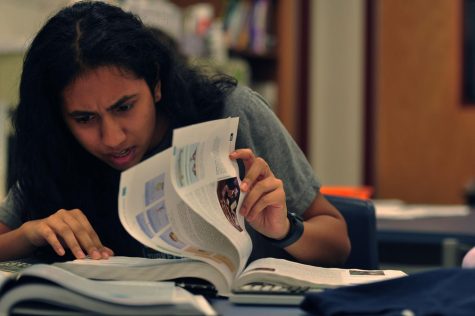It’s time to fund equal opportunities, not guns
Students at Marjory Stoneman Douglas High School woke up on Valentine’s Day expecting a day full of love and heart-shaped candies; instead they got fearing for their lives and bullets.
During the last class of the day, a former student pulled the fire alarm and began his rampage of hate and terror, killing 17 innocent people.
And now – as society does – we recognize that the shooter’s past was littered with warning signs of mental illness and violence.
Mental illnesses are a serious concern and can affect anyone and everyone: they do not discriminate. In America, 1-in-5 adults and about 13 percent of children ages eight to 15 suffer from some form of a mental illness.
There are over 200 different types of mental health disorders that doctors know of today and they all affect people differently.
There are the broad categories like mood disorders, anxiety, behavioral disorders, etc. Then those categories narrow down into more specific niches such as, ADHD, bipolar, major depressive disorder, schizophrenia, etc.
People are affected by mental illnesses for different reasons, it could just be a biological thing or they could have been a product if their environment or even a combination of the two. Whatever the cause may be there is an obvious lack of knowledge and concern for these individual.
Millions of people are not getting the treatment they need, even if they could be a danger to themselves or society.
There has always been a negative stigma towards those with mental illnesses, however. “For centuries, the mentally ill have been treated with a combination of fear, disgust, and shame,” a 2007 World Of Health article noted. These people are isolated from friends family and society, like burdens. High school is not much different.
Many high schools do not have enough counselors to serve the number of students on campus. For example Perry only has seven counselors and one psychologist for about 3,600 students. These staff members, like many others, are stretched to thin and do not have much time to sit down with students and listen to what is happening behind closed doors.
Many teachers, staff members, or adults in general assume most “punk” students are just punks– and sometimes they are– but sometimes they are a kid struggling with a problem that goes beyond algebra or Spanish.
Something has to change and the answer is not arming teachers with guns; rather, arm them with the ability to really make a difference in students lives. Instead of the government somehow funding guns on campus, they need to find a way to financial support equal opportunities for all students.
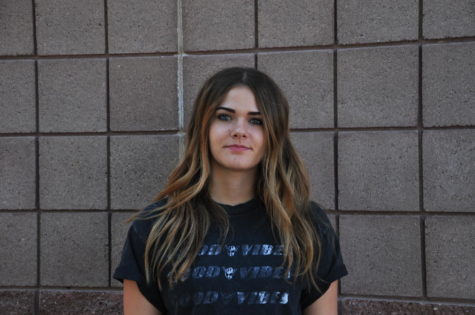
India Buckner is a junior and is a first year student in newspaper. She covers girls volleyball, teacher features, and is a double truck contributor. In...

